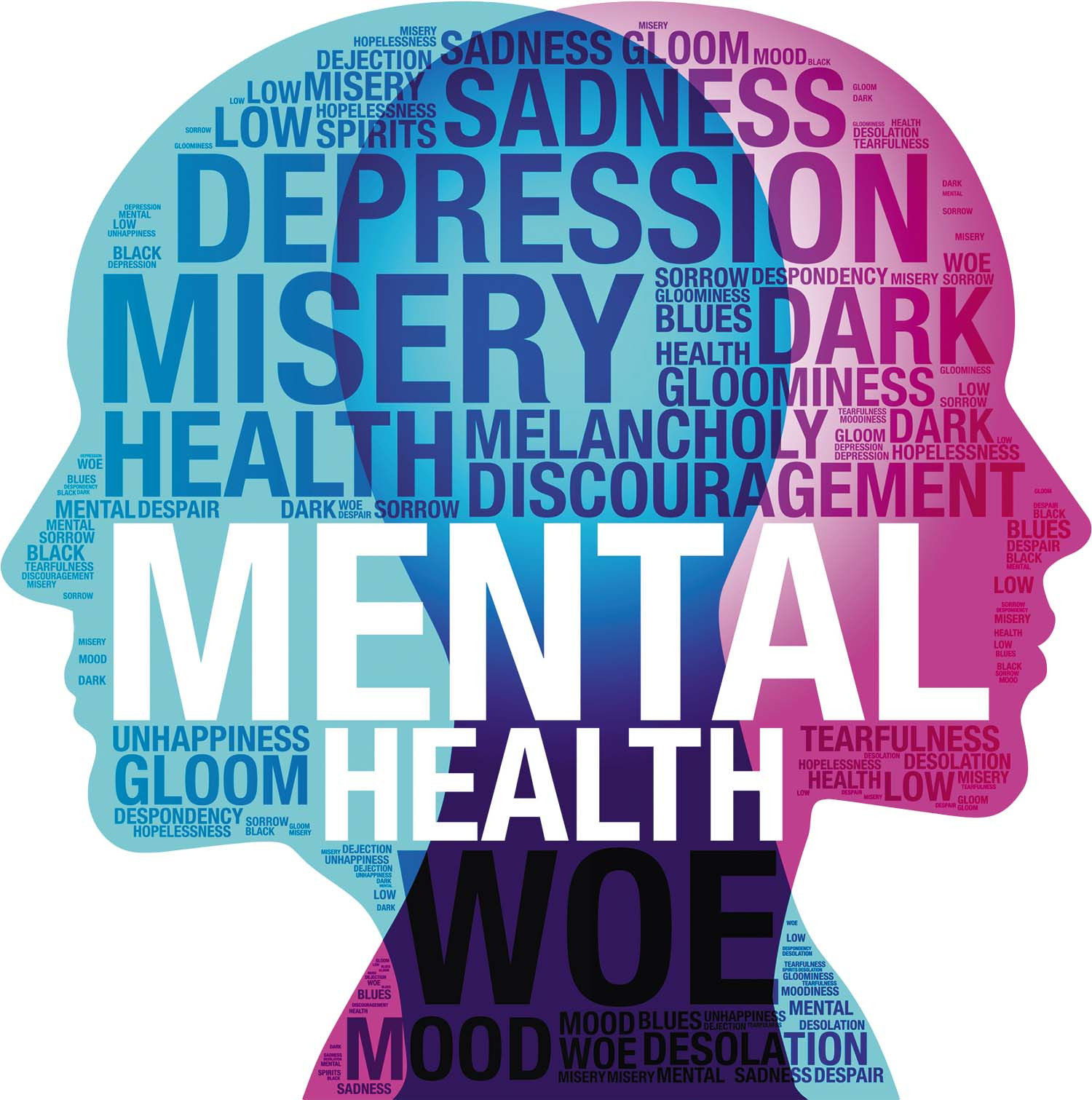The complexities of women’s heart health have long been a topic of discussion among medical professionals, with a growing emphasis on the importance of recognizing the warning signs of a heart attack. Unlike men, women often experience a unique set of symptoms that can be subtle and easily overlooked, making it crucial for individuals to be aware of the potential indicators of a heart attack.
Understanding the Risks
Heart disease is the leading cause of death for women worldwide, accounting for approximately 1 in every 5 deaths. While the risk of heart disease increases with age, it’s essential to note that women of all ages can be affected. Factors such as family history, high blood pressure, high cholesterol, smoking, and obesity can all contribute to an increased risk of developing heart disease. Furthermore, certain medical conditions, including diabetes and rheumatoid arthritis, can also play a role in the development of heart disease.
Identifying the Warning Signs
The symptoms of a heart attack in women can be vastly different from those experienced by men. While some women may experience the classic symptom of chest pain, others may not. In fact, studies have shown that up to 50% of women who experience a heart attack do not report any chest pain. Instead, women may experience a range of other symptoms, including:
- Pain or discomfort in the arms, back, neck, jaw, or stomach
- Shortness of breath or difficulty breathing
- Nausea or vomiting
- Fatigue or feeling weak
- Lightheadedness or dizziness
- Cold sweats
- Anxiety or panic
A Closer Look at the Symptoms
Each of the symptoms mentioned above can manifest in different ways, making it crucial for women to be aware of their individual experiences. For example, pain or discomfort in the arms, back, neck, jaw, or stomach can be a dull ache or a sharp, stabbing pain. Shortness of breath or difficulty breathing can be a feeling of being winded or a sense of suffocation. Nausea or vomiting can be a mild stomach upset or a severe, debilitating episode.
The Importance of Seeking Medical Attention
If a woman experiences any of the symptoms mentioned above, it’s essential to seek medical attention immediately. Delaying treatment can lead to severe consequences, including long-term damage to the heart muscle and even death. When seeking medical attention, it’s crucial to provide as much information as possible about the symptoms experienced, including the severity, duration, and any factors that may have triggered them.
Reducing the Risk of Heart Disease
While it’s impossible to eliminate the risk of heart disease entirely, there are several steps women can take to reduce their risk. These include:
- Maintaining a healthy diet: Eating a balanced diet rich in fruits, vegetables, whole grains, and lean protein can help reduce the risk of heart disease.
- Engaging in regular physical activity: Participating in at least 30 minutes of moderate-intensity physical activity per day can help lower blood pressure, improve lipid profiles, and reduce the risk of heart disease.
- Managing stress: Chronic stress can increase the risk of heart disease, so it’s essential to find healthy ways to manage stress, such as through meditation, yoga, or deep breathing exercises.
- Not smoking: Smoking is a significant risk factor for heart disease, so quitting can help reduce the risk.
- Limiting alcohol consumption: Excessive alcohol consumption can increase the risk of heart disease, so it’s essential to limit consumption to no more than one drink per day.
Conclusion
Recognizing the warning signs of a heart attack is crucial for women’s heart health. By understanding the unique symptoms that women may experience and taking steps to reduce the risk of heart disease, women can take control of their health and reduce their risk of experiencing a heart attack. Remember, prompt medical attention is essential if symptoms persist or worsen over time.
What are the most common symptoms of a heart attack in women?
+The most common symptoms of a heart attack in women include pain or discomfort in the arms, back, neck, jaw, or stomach, shortness of breath or difficulty breathing, nausea or vomiting, fatigue or feeling weak, lightheadedness or dizziness, and cold sweats.
How can women reduce their risk of heart disease?
+Women can reduce their risk of heart disease by maintaining a healthy diet, engaging in regular physical activity, managing stress, not smoking, and limiting alcohol consumption.
What should women do if they experience symptoms of a heart attack?
+If women experience symptoms of a heart attack, they should call for emergency assistance immediately and provide detailed information about their symptoms to medical professionals.


